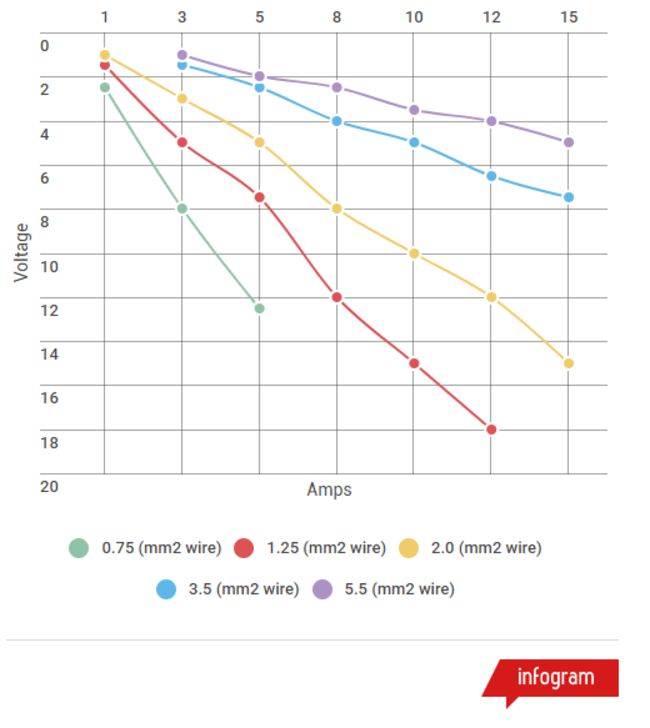Understanding Voltage Drop
Think about a time you've tried to yell across a long distance to try and get someone's attention. They couldn't hear you very well - it may have just caught their attention but it took a few goes, and you definitely had to yell a bit louder each time.
Perhaps you've tried to use a hose with a few extensions to reach an area of the house the single hose doesn't quite reach? It's a safe bet that the water pressure dropped considerably the further from the tap you got.
Just like these examples, power supply drops the further you get from the power source. This is known as a voltage drop, and it varies on distance, thickness of the wires, and the strength of your power source.
When you're using a generator, make sure what you're powering isn't too far away. This will cause your generator to work harder, with a lighter load, causing the generator to run hotter than normal. Longer cables mean more resistance in the conductors, which results in voltage drop by the time the power reaches the load. This can cause the item you're powering to become damaged - not ideal!
Voltage drop is calculated using the following formula:
V = (1/100) x R x I x L
Where:
R = Resistance
I = Amperes (Current through the wire)
L = length of the wire
The graph shows the voltage drop across different lengths of wire, and from different levels of power sources. This is measured across a 100m distance.


